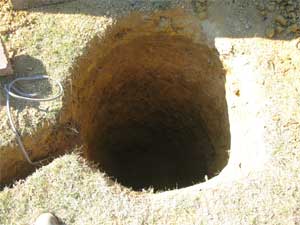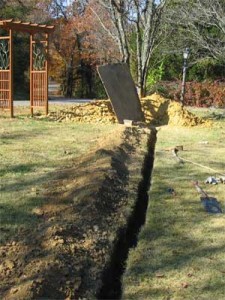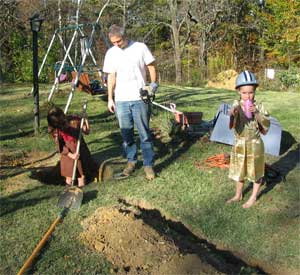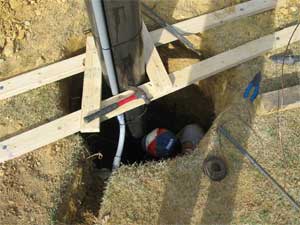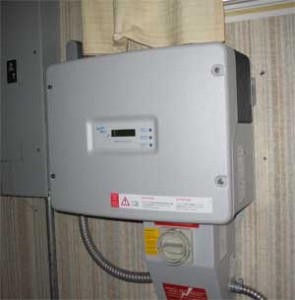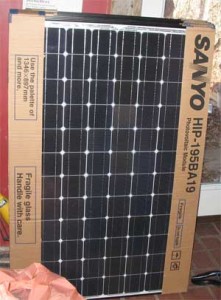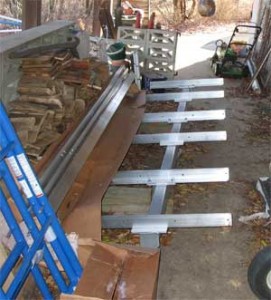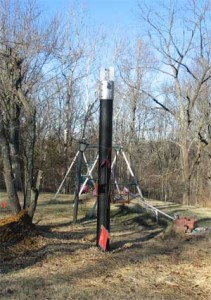
I am a frustrated, castrated, suppressed mathematician, physicist, rocket engineer. I was born in 1960. Ok, Sputnik, was three years earlier. But when in 1968 Apollo 8 traveled around the Moon my granddad had already started giving me science books for birthdays and Christmas. The books about the U.S. space program were my favorites. From that time I have kept many notepads full of childish doodles of spaceships and astronauts.
When, on July 20 1969, just three days before my ninth birthday, Neil Armstrong set foot on the Moon I was the only one in my family who staid up late to watch the live broadcast on German TV. Consequently, I learned all I could about the US space program. I knew all the Astronauts by name and had see-through drawings of the Saturn V internalized. There was no doubt in my mind (and my parents’) that I would become an Astronaut, a rocket engineer or at least a pilot of some sort.
At one point in my teens puberty set in, the last two Apollo missions were canceled and surplus materials used in Skylab and somehow all talk of going to Mars next, or setting up a permanent moon base had gone away. Not only did the first girl I fell in love with not care for me but I was old enough to be asked “So, do you know what you want to be when you grow up?” At that time I started to realize that this question was somehow linked with money. While I had always been interested in Physics, Chemistry and Mathematics I just wasn’t able to get good grades in these subjects.
Around age 14, by sheer coincidence, I started playing guitar and just a few months later I played my first gig and got paid for it. Not much but enough to encourage me to pursue music. My interest in science and engineering never went away, With proper guidance I might have finished Gymnasium and gone on to study – University was free in Germany, for crying out loud! But I went the artistic way. I kept some sort of contact with my scientific interests by subscribing to various magazines. TV shows about technology were still my favorites and I developed an appetite for the literature called ‘Science Fiction’. In the course of my late teens and early twenties I drifted away from pure science – while my ex-classmates became doctors, chemists and biologists – and was consuming SF pretty much exclusively. While I actually started supporting myself by teaching guitar lessons and playing gigs and recording sessions every once in while the old science connection stirred in me. But there just didn’t seem to be a way to change professions (in retrospect of course I can see many junctures at which it would have been easy to switch, old people can be so much wiser.)
In 1983 I had my first practical exposure to a real computer. A Commodore 64, when I started to work part time at a friend’s computer store. There the old passion surfaced again. Learning programming, first Basic then Assembly, was such a blast. Again, I could have easily switched careers. At that time computer knowledge was in demand. Again I missed the boat and struggled on as a mediocre musician. At least computers became a big part of my everyday life and that kept the old interest in science and technology alive.
In the mid 80s I started to become interested in more, shall we say, esoteric topics. I had discovered books about past-life regression, reincarnation, UFOs. While I don’t know if I ever really believed any of this I still consumed large quantities of books dealing with these subjects. This phase lasted roughly about 10 years until after I had relocated to the US. Out of a melange of SF books and metaphysical literature I had been reading in that decade came the strange realization that:
#1, somehow there wasn’t much of a difference between the Science Fiction and the books about reincarnation, conspiracies, etc,
#2, the metaphysics books had vastly different and conflicting views from each other about reality and I started wondering where exactly these authors had their information from
#3, I had been an Atheist for most of my life and slowly I came to the conclusion that believing in UFOs and many other ‘unproven’ supernatural claims actually falls in the same category as Religion: You believe because you have faith and not because there is evidence
Within a short few years I started reading pure science books again and started a subscription to Scientific American. And now, as I am working the exercises from the ‘Idiot’s Guide to Geometry’ and am learning about the Scientific Method I realize that I still want to be a Scientist, engineer or something like that.
And that finally brings me to the point of this blather: How can someone who is not a PH.D. contribute to Science? How can you help building a base on the Moon and landing a man on Mars without working for NASA? Ok, I can always contribute money to the Planetary Society or the Mars Society. But that’s not really what I mean (although I am a member). How can I contribute, without being a physicist, an engineer or a billionaire? Are there more people like me out there. People who were very interested in Science for a while and then the needs of a job and family forced them unto a different path?
It now seems to me that one of the biggest things would be a community for people like me. Not quite geniuses and not quite idiots.
